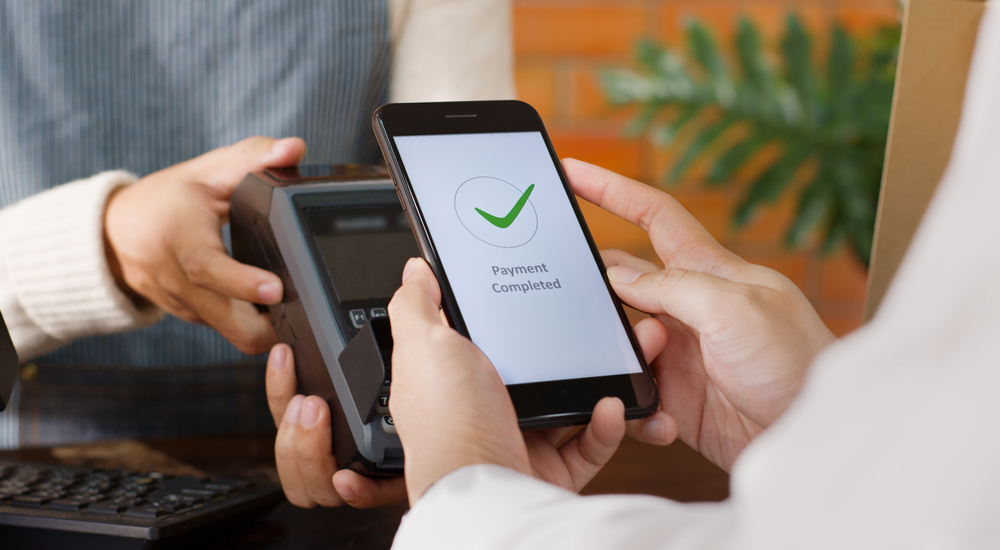From hectic hospital shifts to quick visitor pit stops, healthcare retail dining is being transformed by technology. Solutions like self check-out, bring-your-own-device, Scan2Go, scan and pay, self-service kiosks, and cashless tech are streamlining foodservice operations and redefining convenience in hospital cafes and cafeterias. With faster lines, cleaner interactions, and better user control, these innovations are making healthcare dining smarter, safer, and more efficient than ever.
The Rise of Self Check-Out in Healthcare Dining
The trend toward self check-out is booming across all retail sectors, and healthcare is no exception. In hospital cafeterias and coffee shops, self check-out systems help reduce wait times, improve order accuracy, and lower operational costs. A study by NCR Corporation found that self check-out solutions can reduce transaction times by up to 40%, which is especially beneficial in environments where staff and visitors are often on tight schedules.
For hospital staff working 12-hour shifts, every minute counts. Being able to quickly grab a healthy meal without queuing can make a significant difference in their day.
Bring Your Own Device: Convenience on the Move
Bring-Your-Own-Device (BYOD) systems are the next frontier for healthcare dining and cashless tech. These mobile-first solutions allow users to scan items using their smartphones, then pay and go—eliminating the need for traditional checkout lines altogether. According to Juniper Research, mobile payment users are expected to exceed 4.4 billion globally by 2025, and healthcare campuses are tapping into this trend to meet the needs of tech-savvy employees and visitors.
Many hospitals have piloted mobile ordering and BYOD programs with great success, reporting increased throughput and customer satisfaction.
Scan and Pay: Streamlining the Experience
Scan and pay options provide a seamless, contactless experience for users. In an industry that prioritizes hygiene and safety, the appeal is obvious. Not only does this technology minimize physical contact, but it also empowers users with greater control over their dining experience.
In fact, a report from Mastercard noted a 40% increase in contactless payments in the U.S. in 2020 alone, with healthcare consumers ranking safety as a top concern when using public dining facilities.
Self Service Kiosks: Empowering the User
Self service kiosks have become a staple in retail dining, and hospitals are catching on. These kiosks allow for customized ordering, upselling opportunities, and data-driven menu planning. According to a study from PYMNTS.com, 65% of customers say they would visit a restaurant more often if self-service kiosks were available.
For healthcare administrators, the benefits go beyond convenience. Self service kiosks help with labor challenges, offer better inventory control, and integrate seamlessly with hospital foodservice management systems.
Cashless Tech: Safety, Speed, and Simplicity
The shift toward cashless payment in healthcare dining environments has been accelerated by both pandemic-related concerns and broader technological trends. Cashless systems are not only faster and cleaner but also reduce security risks and administrative overhead.
According to the Federal Reserve, cash use dropped from 26% of all payments in 2019 to just 18% in 2022. In healthcare settings—where sanitation, speed, and security are paramount—this decline is not just expected, but welcomed.
The Bottom Line
As hospitals reimagine their retail dining strategies, adopting technologies like self check-out, Scan2Go, scan and pay, self service kiosks, and cashless payment isn’t just a nice-to-have—it’s a necessity. These tools enhance the guest experience, support overworked healthcare staff, and align with broader digital transformation goals.
For healthcare leaders, the message is clear: future-ready dining is frictionless, fast, and digital.
Interested in seeing how retail dining technology uniquely desired for healthcare could work in your building?
Reach out to Volanté at 1.877.490.6333 ext. 3.




